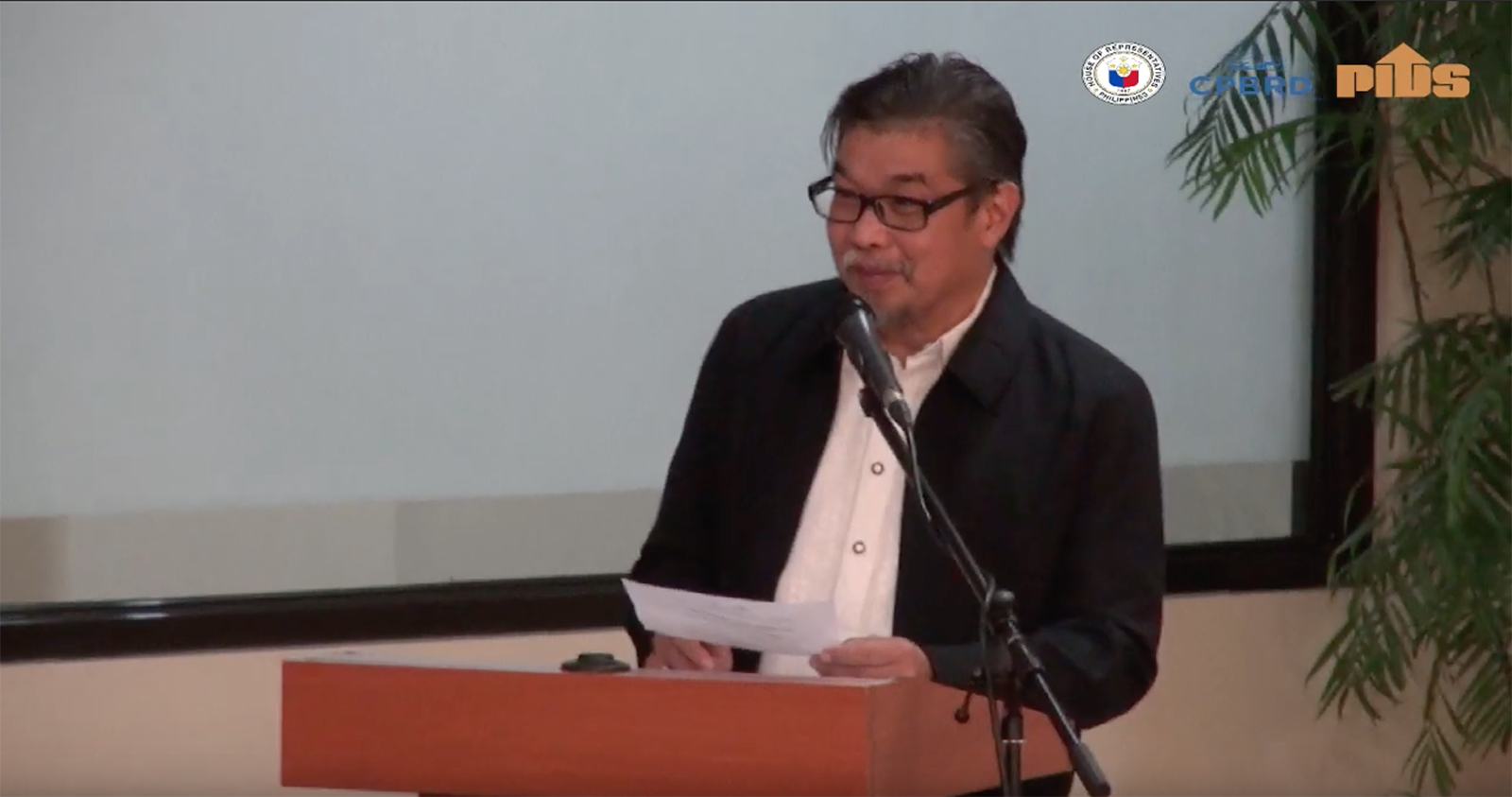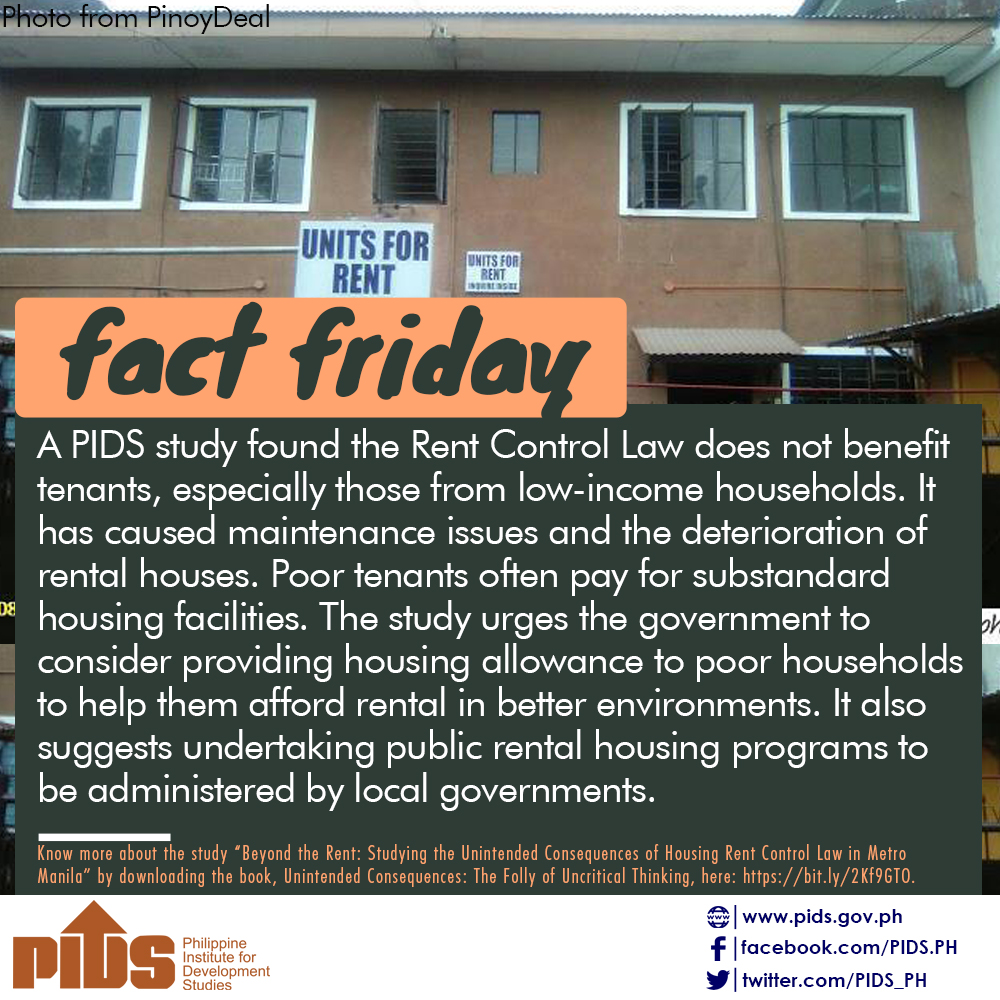While many may laud the seeming generosity of the 2017 law mandating free tuition fees in all state universities, the crippling effects after five years are now trickling in – and it’s not a pretty sight.
In August 2017, former president Rodrigo Duterte signed the Universal Access to Tertiary Education Act (UATEA) that guaranteed absolutely no fees, enrollment and miscellaneous, for all accepted students in more than 200 state universities and colleges (SUCs), as well as local universities and colleges (LUCs) and government-run technical-vocational institutions (TVIs).
As state-led higher education institutions (HEIs) now prepare to wind down the current academic year, another in-depth study is in order to validate advantages and disadvantages arising from five years of the law’s implementation.
The last three academic years have been blighted by the irregularity of classroom learning done mostly online because of the pandemic. The abnormal circumstances, however, should still yield some vital information that should back up cursory observations on the ground.
The Philippine Institute for Development Studies (PIDS) had released a discussion paper in end 2019 to assess the implementation of UATEA on its pilot year. It would be interesting to see another one in the making, that is, if something on the subject has not begun yet.
Discriminatory
Feedback from a number of sources have supported initial findings that the free tuition law has discriminated on lower-income students who had been enrolled in high schools that do not rank high in the delivery of quality education, even if they do graduate with honors.
Because entrance exams in SUCs are tougher in view of the increased number of applicants, private high school graduates who mostly come from middle- to high-income families with the means to pay for higher tuition fees edge out those who graduate from schools that charge lower tuition fees.
In the Philippines, it is common knowledge that students who enroll and graduate with high grades from “prestigious” high schools can handily beat in college qualification tests students who graduate with the highest honors from a public high school or a “less prestigious” high school.
The logic is simple. “Prestigious” high schools charge higher tuition fees to snare the best teachers who will be able to provide top-notch learning for the pupils. This connotes that high schools charging lower tuition fees can only afford “second-rate” teachers.
When the free tuition fee law was passed, high school graduates belonging to middle- and upper-income families chose to enroll in many of the state universities for the prestige since these are ranked higher than private universities.
The result: those who can afford to pay tuition fees are the ones subsidized by our taxes instead of those bright minds who are too poor to pay for even the lower tuition fees in smaller colleges and universities.
Even before the UATEA passage, complaints about state universities being populated by an increasing number of students who can afford to bring cars to school were already prevalent. Apparently, this has become even more pronounced now.
Hand-to-mouth budget allocations
Budgets for SUCs need to be defended yearly and, therefore, are dependent on how the economy is faring and how healthy the government’s coffers is. Thus, the Commission on Higher Education has to fight members of Congress annually for a budget to pay for all the free tuition fees.
When push comes to shove, i.e., when allocations are reduced, state universities have to find ways to cut down on costs, which can come in many ways.
SUCs can opt to reduce enrollment. In some colleges deemed not in the mainstream of academic importance, the number of students allowed to enroll has been whittled down to the barest. In one music college, for example, acceptance had dropped to double digits because there were not enough funds to support the costly maintenance of rehearsal rooms.
Professors are also complaining about salaries. Given the current inflation rates, SUCs are definitely not in a position to defend an added cost for teaching personnel. Wear and tear of school facilities and buildings are more often being ignored, and maintenance works also being postponed.
Given the hand-to-mouth conditions of budget allocations, long-term planning is also affected, which may be one of the biggest blows to the future competitive of our SUCs and LUCs.
Note that at a time when universities across the globe are focusing on competitive education in information technology, the Philippines is poorly gauged to offer the kind of learning that will allow Filipinos to compete on the world stage.
Many of our bright minds in computer science and computer technology have resorted to learning abroad to further their knowledge and skills, and consequently, eventually joining the growing ranks of Filipino migrant workers who take up jobs in other countries.
AI and IR 4.0
A few economists are now calling for a review of the free tuition law, and a more thorough study this time should yield enough data to provide the basis for improvements in the law or even its nullification.
Definitely, calling for a stricter enforcement of “return-service” provision in the UATEA for graduates this year is the least of worries. The need for long-term plans on how we can position our HEIs to meet the challenge of tomorrow’s job market must be prioritized.
Primary concern should be given to upgrading our education system in keeping with the unavoidable emergence of artificial intelligence (AI) and the so-called fourth industrial revolution (IR 4.0). Not only should the role of SUCs be seriously reviewed, but also that of our technical and vocational education training schools, which unfortunately is also currently hopelessly outdated.









